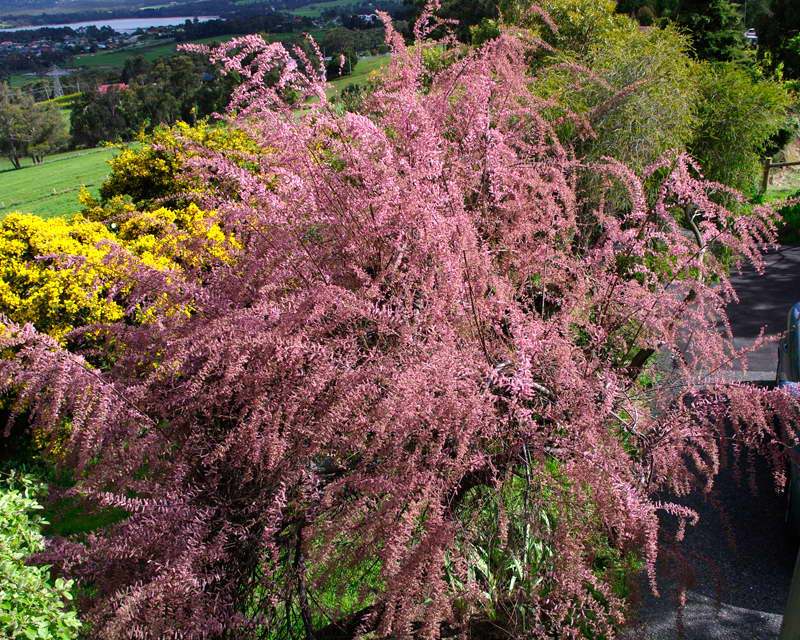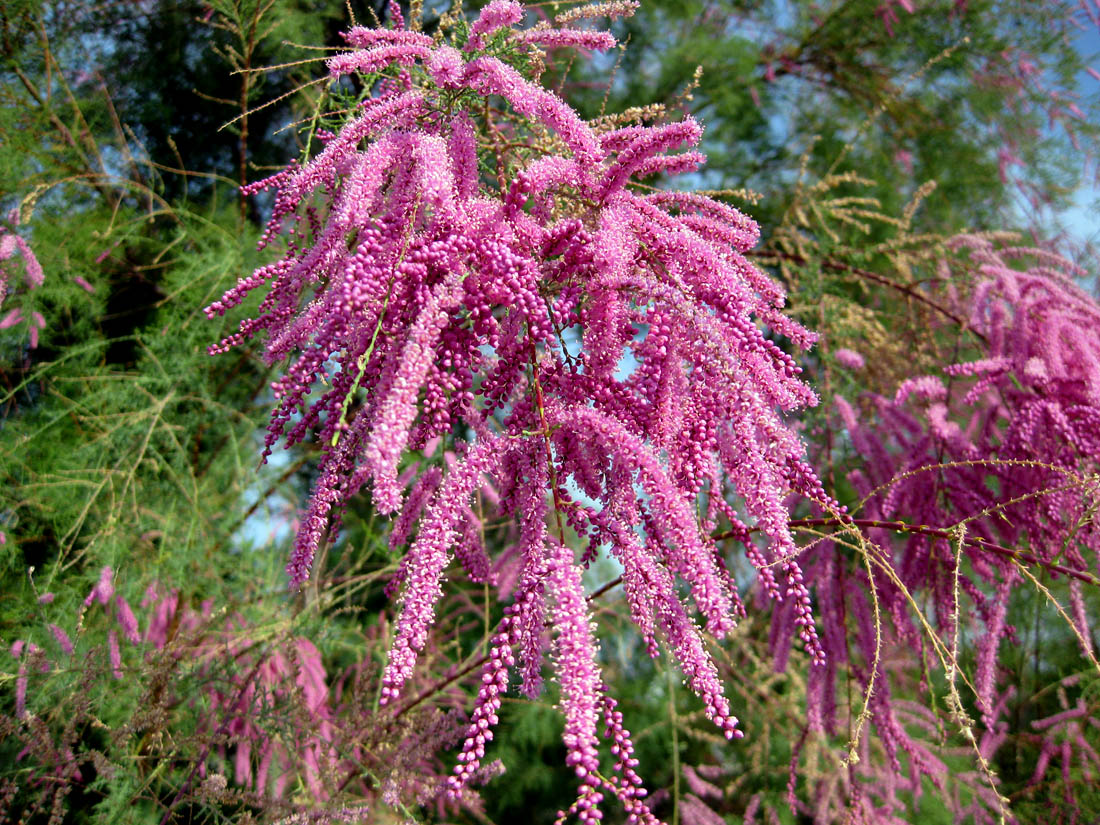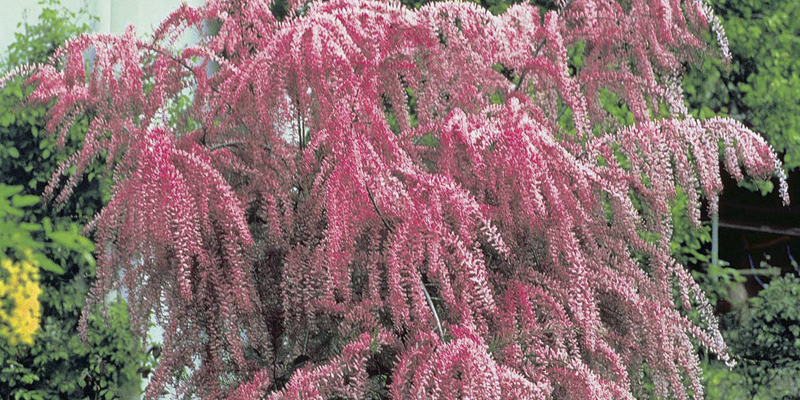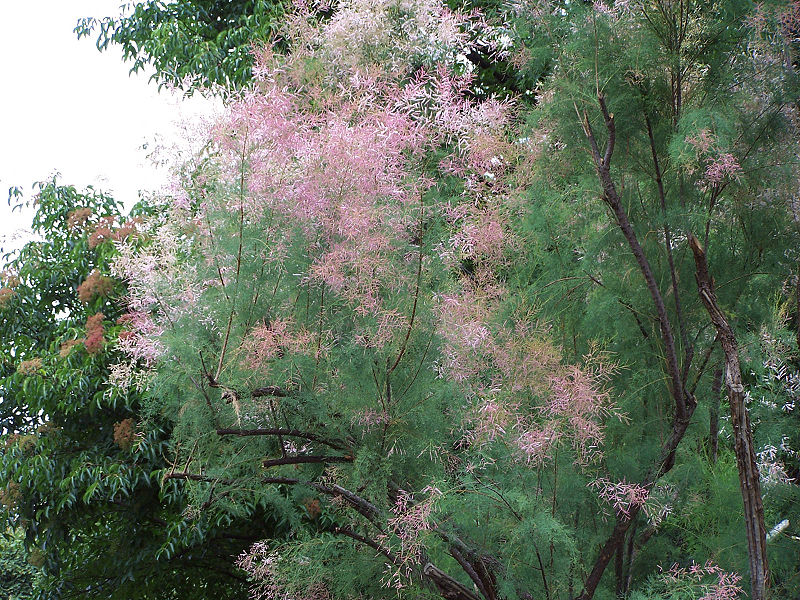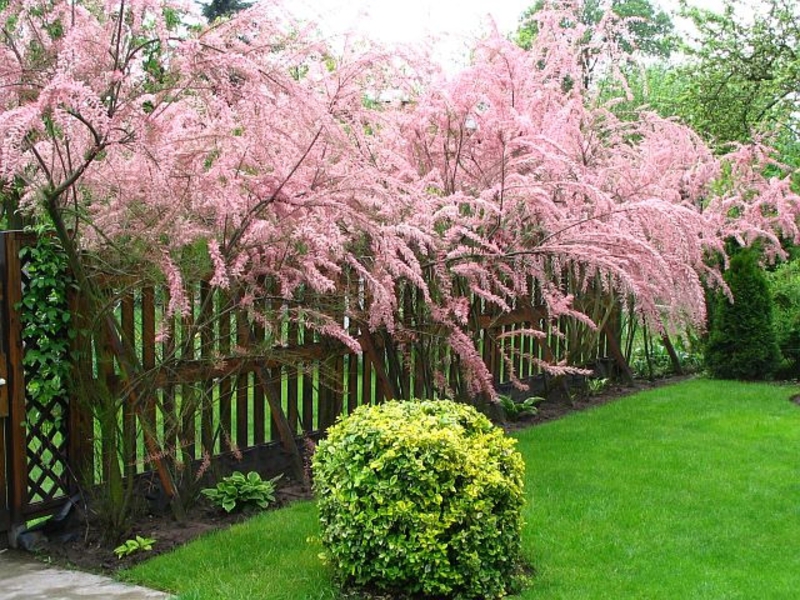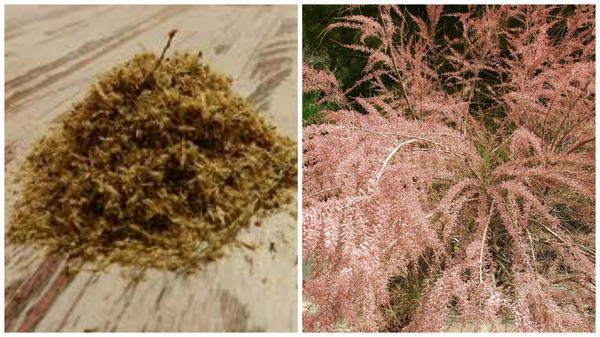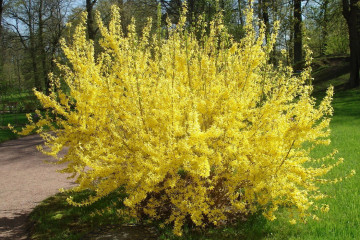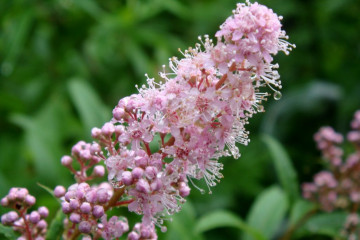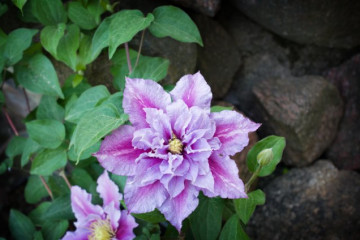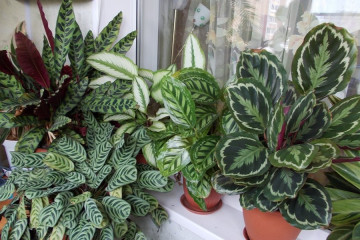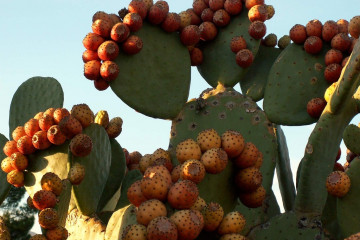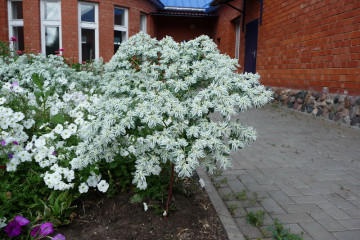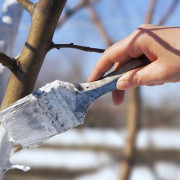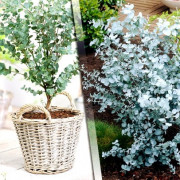Tamarix shrub - description of species and varieties
Content:
Tamarix or, as it is also called, Grebenchuk shrub is a beautiful plant that many gardeners admire.
Origin
Tamarix shrub is distinguished by an extensive palette of shades, to many it resembles bead jewelry, therefore another name for the plant is Bead.
The name of the plant speaks of its origin - it was first discovered near the Tamariz River, located in the Pyrenees (the modern name of the river is Timbra). At least 75 of its species are known in the world, which grow over a vast territory from southern Europe to India.
Description of the flower
Grebenshik bush has small, bluish-green leaves. The flowers of the plant form racemose inflorescences that can be pink or white. Until the flower buds open, the shrub looks like it was densely covered with beads.
The flowering of Tamarix is very attractive to bees, because the plant is an excellent honey plant.
It is not difficult to look after Grebenchuk - he is drought-resistant, perfectly adapts to gas-polluted large cities. Even the laziest gardener can handle the Tamarix bush by planting and caring for the plant.
Types and varieties
According to the description, the Tamarix shrub has many varieties and three main types:
- four-stalk;
- branched;
- loose.
Four-pointed tamarix
The four-spiked Tamarix shrub in gardening can be found in regions such as the Moscow region, the Urals and even Siberia. In nature, the plant grows in the Crimea and on the territory of the Caucasus. It can also be seen in the Republic of Belarus.
This variety is characterized by a particularly lush crown, consisting of arched shoots with a reddish bark. The plant has bright green leaves that are located along the entire stem. It is easy to care for the four-stalked Tamarix, because it is often used to decorate summer cottages and urban landscapes.
Branched Tamarix
Branched Tamarix often grows on the banks of rivers, lakes, and shoals. It is not too large shrub with green or bluish bark and narrow awl-shaped leaves. The flowers of the variety have a pink tint. Branched Tamarix blooms from June to September, therefore the plant is often widely used as a decorative element in landscape design.
Branched Tamarix is very unpretentious, it can be grown on any type of soil. Despite the fact that the plant is relatively frost-resistant, its wintering (especially in the northern regions) should involve the organization of additional shelter.
Loose tamarix
A loose Tamarix looks like a spreading tree that grows under favorable conditions to a height of five meters. The bark of the plant is greenish or gray-gray. The foliage is characterized by an ovoid shape. The flowers of the plant are pink, collected in rather lush brushes. The flowering period lasts about two months.Due to its particularly high winter hardiness, loose Tamarix is excellent for growing in regions with harsh winters.
Open ground transplant
After buying Tamarix seedlings, it is important to plant them correctly in open ground. It is best to plant the plant in early spring.
There are no special requirements for the soil for planting Tamarix. The plant thrives equally well on any type of soil. Even heavy clay soil is suitable for shrubs. When planting in such soil, it is highly recommended to add humus and peat.
Choosing a landing site
When choosing a place for planting, one should take into account such a property of Grebenshchik as intolerance to stagnant moisture. At the same time, the humidity within reasonable limits, like the sun's rays, the plant loves.
Planting step by step
In order for the shrub to grow without problems and begin to delight with its amazingly beautiful flowers, it is important to plant it correctly. This requires the following steps:
- Dig a hole in the ground, the size of which will be twice the size of the earthen ball inside the container.
- Mix the soil with compost and humus.
- Water the plant in a container.
- Remove the seedling from the container.
- Pour a small amount of soil mixture at the bottom of the hole.
- Carefully place the Tamarix in the hole.
- Fill in the hole with the plant.
- Tamp down the landing site.
- Form a watering circle.
- Water the freshly planted plant.
- Promulgate the landing site.
Features of plant reproduction
Reproduction of Tamarix is most often carried out in one of the following ways:
- cuttings;
- from seeds.
Propagation by cuttings
It is recommended to cut plants in the fall, until the frost season has come. Young, but already lignified branches should be used as cuttings. They are cut into cuttings 10 to 15 cm long and placed in a container of warm water until roots form.
When the roots appear, the plant is transplanted into a mixture of sand and peat, then covered with a cap and placed in a warm, well-lit place. The plant can be planted in open ground in May or June.
Reproduction from seeds
Seed propagation is not the easiest and fastest way to get seedlings. However, in some cases it is used.
To prepare planting material, the following steps should be performed:
- prepare a container with loose soil;
make sure there are drainage holes in the container; - place seeds in the soil to a depth of 1 cm at a distance of 3 to 4 cm from each other;
- when the height of the seedlings is 5 cm, plant them in separate cups;
- grow seedlings, maintaining room temperature and moderate humidity, for two years.
In open ground, the plant can be planted in the spring in the third year.
Tamarix care
Like any other plant, Tamarix requires some care.
Watering
In the first days after planting, the plant should be watered with a high degree of intensity, gradually reducing the amount of watering. The grown Tamarix does not require regular moisture. Moreover, excess moisture can harm it. Shrubs need water only during long dry periods, especially during flowering.
Top dressing
If the shrub is planted on fertile soil, it does not need special feeding. It is enough only in the middle of spring to fertilize it with a mixture of chicken manure, mullein and ash.
Leaving during flowering
During flowering, the plant does not require special care, but periodic watering will not harm it, especially in dry weather. If the summer is cool and rainy, it is better not to disturb the blooming Tamarix.
Resting care
After flowering, it is necessary to prune Tamarix. All faded and wilted inflorescences and those shoots that have managed to stretch out are subject to removal. Through pruning, efforts must be made to give the shrub maximum stability. In this case, the plant does not need to be tied to supports.
Preparation for wintering
Preparing the plant for winter should begin at about the same time as the first frost. The first step is to carefully mulch the near-stem area. Peat or ordinary fallen leaves can be used as mulch.
When the air temperature becomes steadily low, the bush is bent to the ground, fixed and insulated with a special covering material or spruce paws.
Recently, Tamarix as an ornamental plant has been in high demand among gardeners. It looks great with soil perennials, shrub compositions and simply planted on the lawn.
Since the plant does not require much maintenance, it is ideal for creating the perfect landscape design. Amazing beaded flowers of this plant will become a real decoration of any garden.
